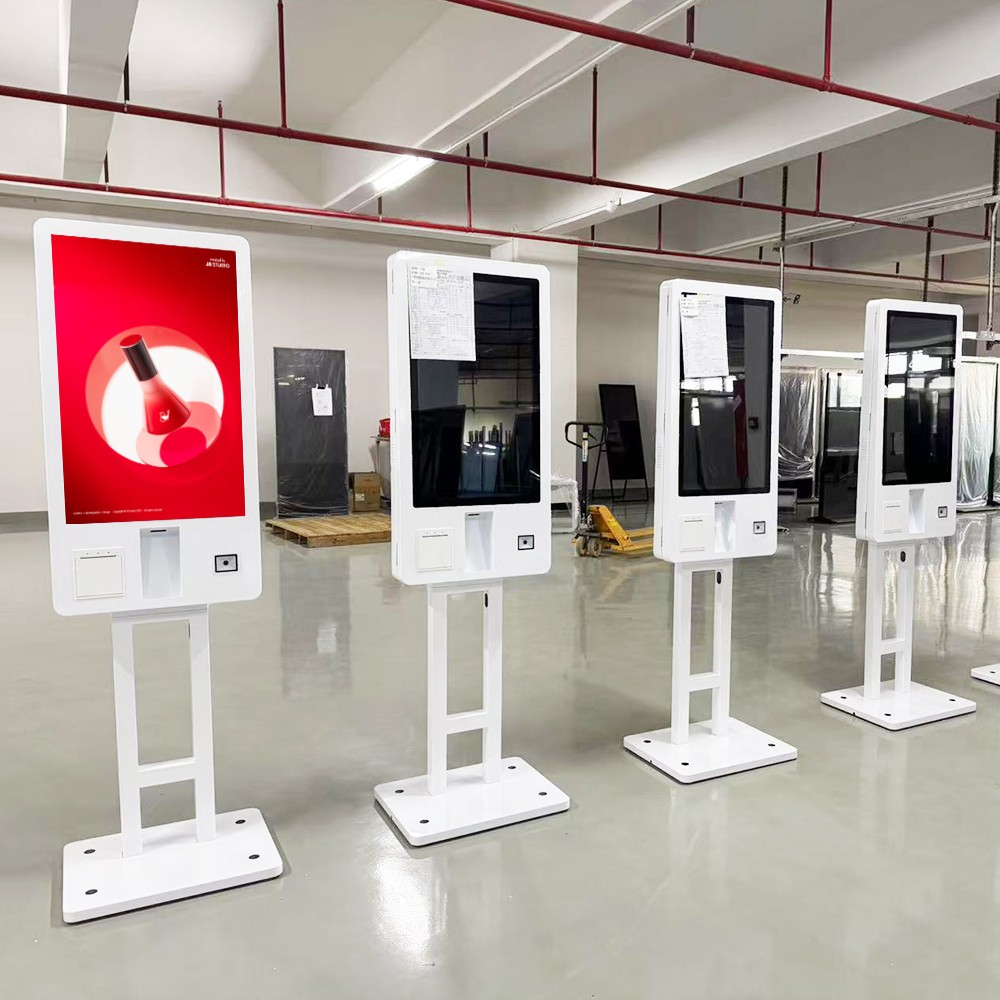Multi-scenario application of self-service ordering machines and their value analysis
This article will discuss in detail the application characteristics and advantages of self-service ordering machines in eight scenarios, including fast food chains, corporate canteens, airport/station catering, snack bars/noodle shops, buffet restaurants, hotel breakfast restaurants, coffee shops/milk tea shops, and smart restaurant concept stores, and analyze the commercial value they bring.
1. Efficient solutions for fast food chains
Fast food chains are one of the earliest and most widely used scenarios for machines. In stores of international fast food brands such as McDonald's and KFC, 32-inch vertical self-service ordering machines have become standard equipment, especially in places with dense traffic such as airports and high-speed rail stations. This type of scenario requires extremely high ordering efficiency, and self-service ordering machines can just meet this demand.
Compared with traditional manual ordering, the application of machines in fast food restaurants has multiple advantages: first, it greatly improves the efficiency of ordering. Customers do not need to wait in line for waiters. They can browse the menu and complete the order directly through the large screen, reducing the pressure of queuing during peak hours; second, it reduces the error rate. Machine ordering avoids misunderstandings or wrong orders that may be caused by verbal communication; third, it enhances the brand image. Modern self-service ordering equipment adds a sense of technology and fashion to fast food restaurants, which meets the aesthetic preferences of young consumers; fourth, it saves labor costs. One self-service ordering machine can replace 1-2 order takers, which significantly reduces labor costs in the long run.
It is worth noting that the self-service ordering machines in fast food restaurants often also have advertising functions. During non-peak hours, the 32-inch large screen can play new product promotions, promotional activities and other content in a loop, effectively improving the marketing conversion rate. At the same time, this type of equipment is directly integrated with the store system, avoiding the problem of deduction points for scanning code orders on third-party platforms, saving merchants extra costs.
2. Smart upgrade of corporate/campus canteens
Corporate canteens and campus canteens are another important application scenario for self-service ordering machines. Such places usually face challenges such as concentrated dining time, large flow of people, and heavy service pressure, and the introduction of self-service ordering machines can effectively alleviate these problems.
In corporate canteens, self-service ordering machines usually adopt embedded or wall-mounted designs, equipped with capacitive touch screens of 21.5 inches or more, and support multiple payment methods such as face recognition, NFC payment, and QR code payment. Employees can use the device to select dishes and complete payment independently, and the kitchen will simultaneously receive order information for meal preparation. The entire process does not require manual intervention, which significantly improves the efficiency of meal supply. For large corporate canteens, a dish recognition settlement counter can also be configured to automatically identify dishes and calculate prices through AI visual technology, further simplifying the meal collection process.


